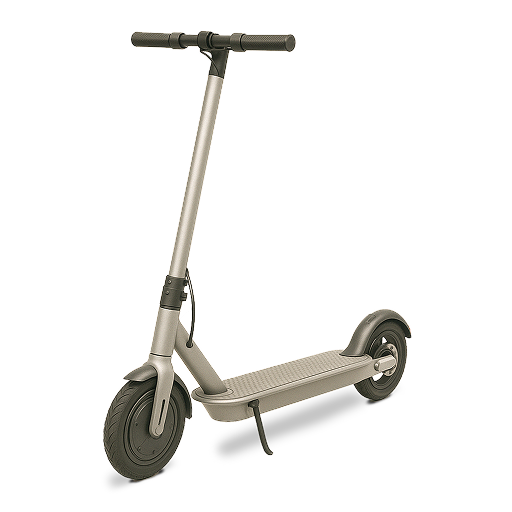- Event
Resonating Tides
-
- 13 Dec • 10:00 - 22:00 (GMT+4)
- 14 Dec • 10:00 - 22:00 (GMT+4)
- 15 Dec • 10:00 - 22:00 (GMT+4)
-
- Price • ê 50
- Women's Pavilion
- Arabic, English
Artists explore climate and imminent need for change inspired by land, sea and the state of water.
- Entertainment
- Education
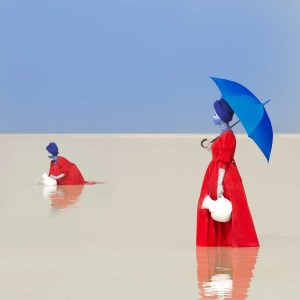
Muluneh (1974, Addis Ababa, Ethiopia), graduated from Howard University in Washington D.C with a degree from the Communication Department with a major in Film.
Her photography has been published widely, and can be found in the permanent collections of the Museum of Modern Art (MoMA), the Smithsonian’s National Museum of African Art, Hood Museum, The RISD Museum of Art, and the Museum of Biblical Art in the United States. She was the 2007 recipient of the European Union Prize in the Rencontres Africaines de la Photographie in Bamako, Mali, the 2010 winner of the CRAF International Award of Photography in Spilimbergo, Italy, and 2018 CatchLight Fellow in San Francisco, USA. In 2019, she became the first black woman to co-curate the Nobel Peace Prize exhibition and in the following year, she returned as a commissioned artist for the prize.
She has been a jury member for several photography competitions, most notably the Sony World Photography Awards and the World Press Photo Contest in 2017. She has also been on various panel discussions on photography, including the African Union Cultural Summit, Art Basel, Tedx/Johannesburg, and she gave the renowned Sem Presser Lecture at the World Press Photo Festival in Amsterdam in 2019.
A Canon Ambassador, Muluneh is the founder of the Addis Foto Fest (AFF), the first international photography festival in East Africa held since 2010. As an educator and cultural entrepreneur, she continues to develop projects with local and international institutions in Ethiopia and Côte d'Ivoire.
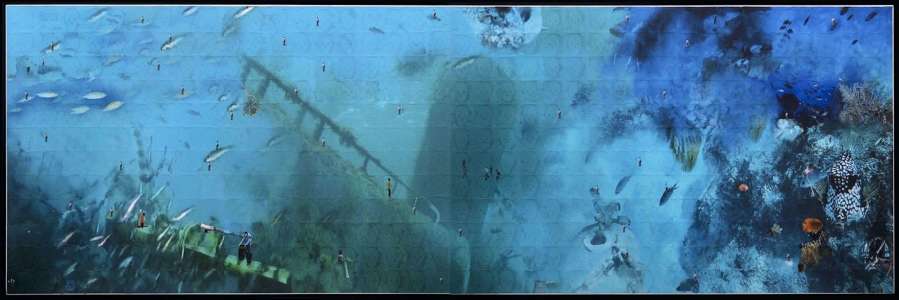
Köker (1949, Istanbul, Turkey), lives and works between Berlin and Istanbul. Her works are known for a process that involves construction and deconstruction of the image. While issues of identity, belonging and survival have been a focus, the physical layering and pattern repetition of the image brings notions of transparency and fragility. Upon closer look, the place disappears.
Deep Dive explores what waste encroaches on today, where the surface first appears as a mesmerizing marine environment. The repetitive skull pattern, as if toxic, the dilution of the flow, destroys that which naturally exists and is gravely impacted.

Blackburn (1984, Patuanak, Canada), is a member of the English River First Nation (Dënesųłinë́) from Saskatchewan, currently based in Toronto. Her practice uses the framework of beading to explore cultural identity, memory and history. From the series New Age Warriors, warrior garments are fashioned with Perler beads and staged in front of an urban backdrop. The baby held in a traditional cradleboard, and the protective mother, connects to women’s ability to adapt to changing environments. The work refers to a future narrative rooted in a tradition that speaks to the land and to water.
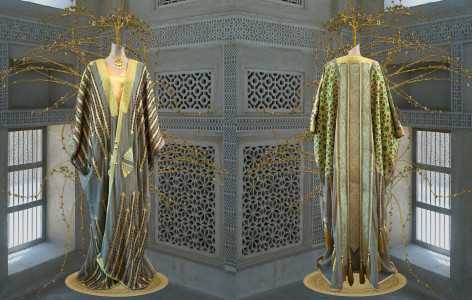
Khunji (1967, Manama, Bahrain), who resides and practices in Bahrain, trained and worked as a documentary photographer in New York prior to a shift to fine art. Mining multiple cultural meanings of the date palm in West Asia, she envisions the palm tree as a female, abundant in fertility, providing nourishment to the children of this world. The 2,000 date seeds were embroidered into the cloak alongside golden arabesque embroidery and a spine of woven date palm leaflets. The cloak is that of a warrior, for peace and for the prospect of tomorrow.
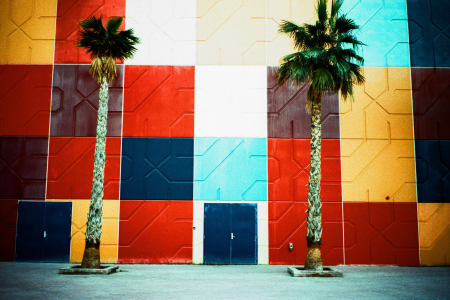
Hind Mezaina (1971, Dubai، United Arab Emirates) based in Dubai, has interests that lie in cinema, cities, visual culture and archives. A self-taught artist, she works primarily in analogue photography and more recently with video, including recordings from her phone. The video loops two different but symbiotic moments of reflections of trees in water. As this continues her practice of documenting her surroundings, it provides a pause and space for contemplation that may conjure memories, or simply catapults us to the fragility of our time and potential disappearance of life.
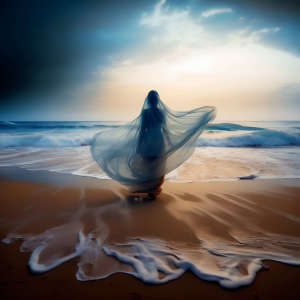
Maitha Demithan (1989, Dubai, United Arab Emirates) lives and works in Dubai where she combines several media like photography, scanography, painting, drawing and photo transfers. In her work, Demithan often evokes Emirati heritage by activating imagery of culturally resonant objects, such as the Ghaf tree associated with desert life in the Emirates. The national tree is an indicator of water and a symbol of peace and stability in the UAE. The ‘green’ vibrance is a result of collaborating with AI to present the harsh desert environment as a blossoming garden.
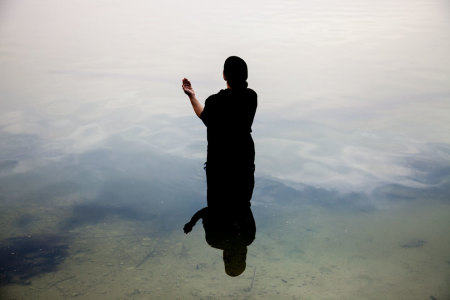
Sama Alshaibi (1973, Basrah, Iraq), born to an Iraqi father and a Palestinian mother, is based in Tucson, United States, where she teaches at the University of Arizona. In her work she often excavates her identity and agency as an Arab woman, at times visually critiquing Orientalist framings of women in the Arab world. In her Silsila series, Alshaibi takes cues from the narrative of the great medieval Arab traveller Ibn Battuta. The images connect desert areas and bodies of water that are disappearing, while the gestures of the figure allude to transcendence and purification.
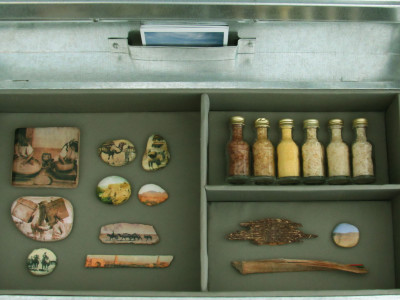
Naz Shahrokh (1969, Tehran, Iran), lives and works in the UAE as an artist and educator, following her early career in the USA and Egypt. Throughout her practice she investigates common challenges found within the environment, and she strives to find a connection that is significant in conjunction to society and the individual. Sand and Sky is inspired from the materials derived for consumption from the ancient Silk Road to today. The objects archived in these cases preserve the stories of people and places connected to land, traded and transformed like rice, cardamon, and narrated through miniature paintings on small stones.
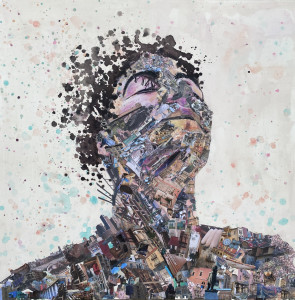
Magda Malkoun (1982, Beirut, Lebanon), is a UAE based artist who combines photography and sculpture in her artworks. Through a meticulous collage of intuitively deconstructed fragments of her own photographs, they are carefully selected based on color, shape, and symbolism, where portraits of women with diverse identities are illuminated. The portrait expresses cherished memories, lessons, and experiences both cherished and those abandoned, resulting in a powerful message of hope and tolerance.
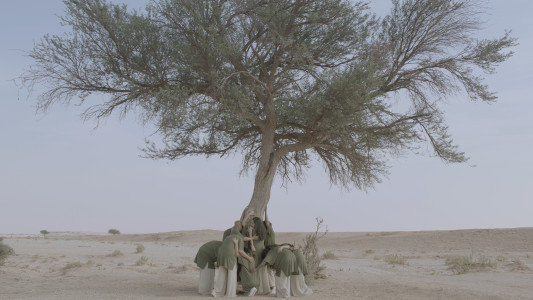
AlMugait (1981, Riyadh, Saudi Arabia), lives and works in Riyadh where her practice centers on photography, film and performance. Her themes focus on overlooked aspects of life, particularly with issues of cultural environment and the human condition. I Lived Once places the viewer amid a powerful group performance that translates nature’s processes like the reactive, unconscious defense mechanisms of organisms in danger. The artist has devised a physical language of cyclical and synchronized gestures with choreographer Lamees Al Saddique, drawing on diverse actions in nature such as the ‘shimmering’ of honeybees.
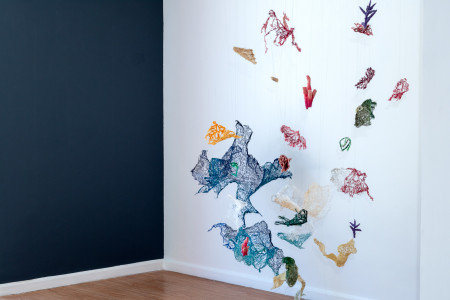
Stephanie Neville (1973, Pretoria, South Africa), lives and works in Sharjah, UAE, where she uses traditional handmade techniques, including embroidery, knitting and macrame, to express a feminist identity. In her work she delves into the complexities of diaspora, memory and absence, along with a growing interest in sustainability examined through the environment. The installation forms an invisible wave of a suspended beach scene that is mimicked with sand, shells, waves, coral and marine plants. Like a fragmented memory, the soft sculptures are static while evoking flow. A possible calm before the storm and an attempt to bring to focus and preserve the endangered natural life of shorelines.


- Event
Resonating Tides
- Women's Pavilion
- Price • ê 50
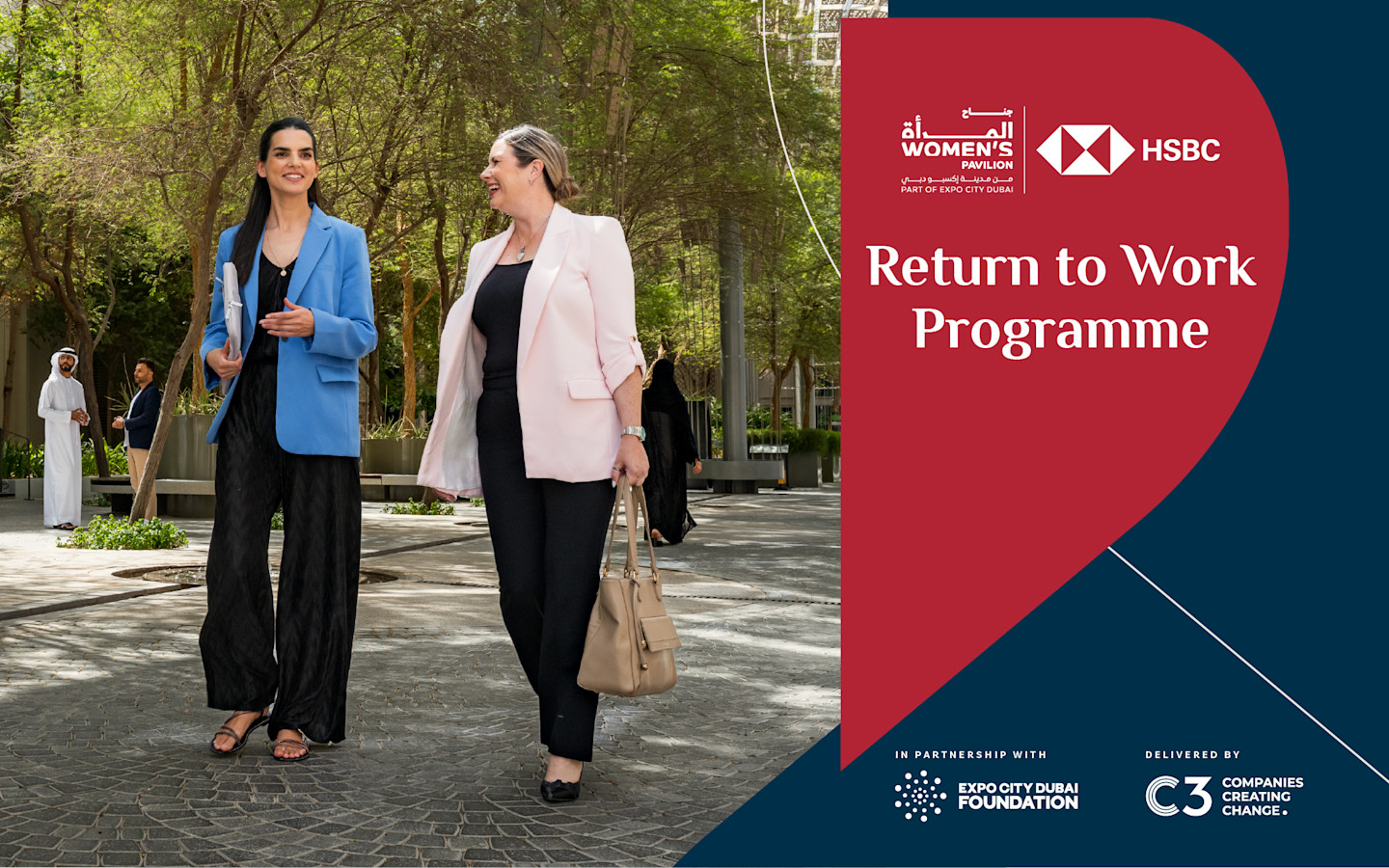
- Event
Next: 13 Jan 2026 | 09:00 - 13:00
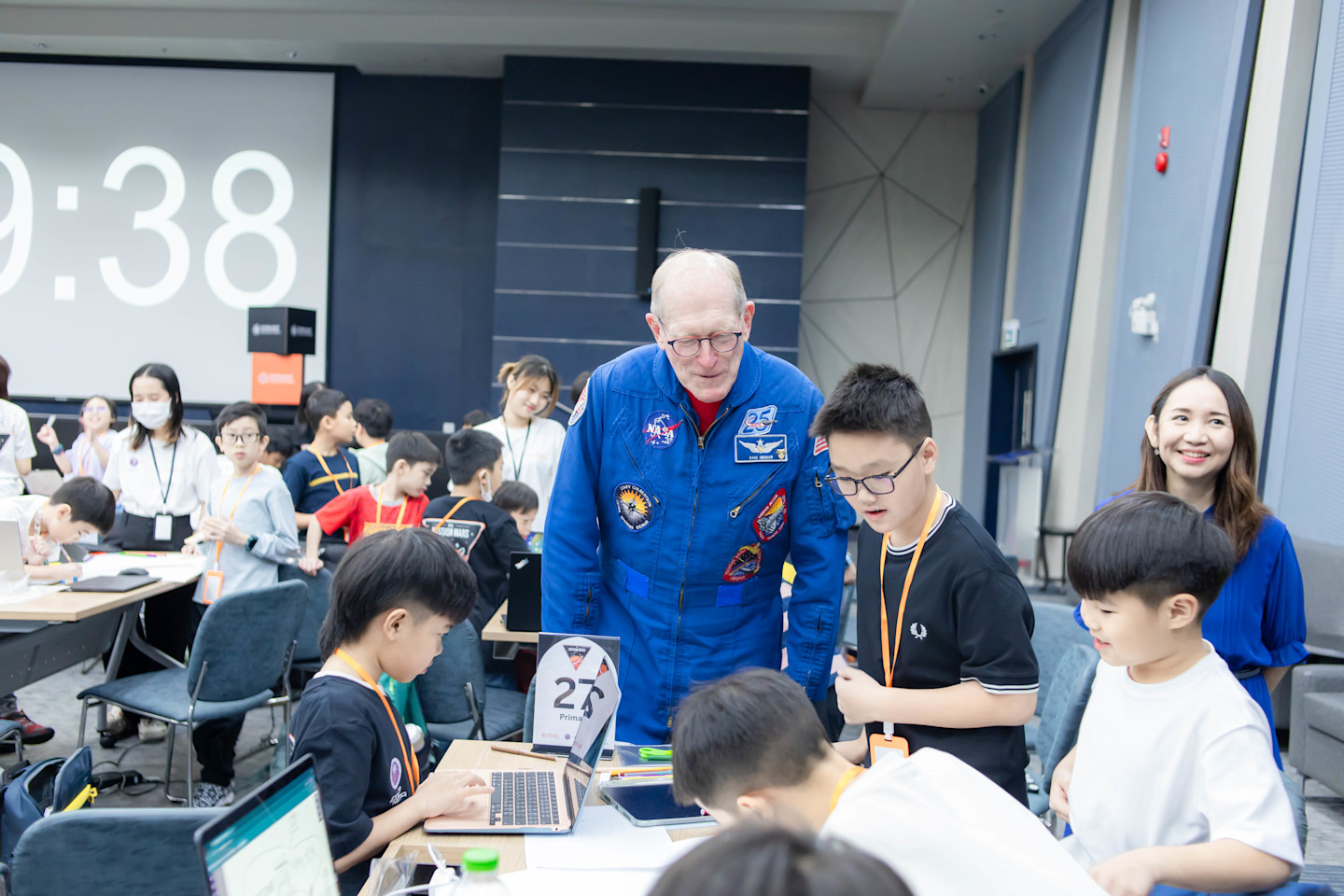
- Event
Next: 17 Jan 2026 | 10:00 - 16:00
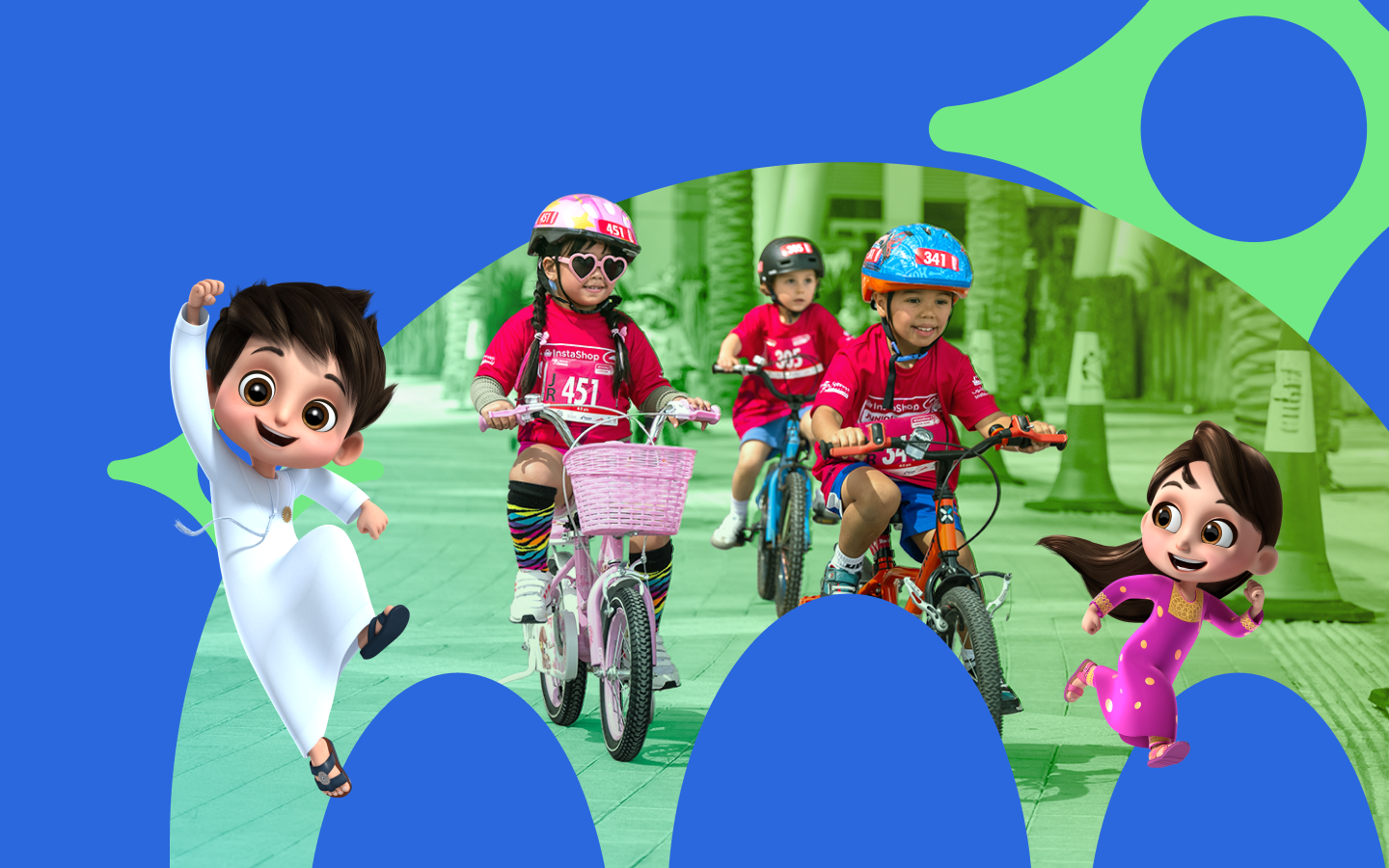
- Event
Next: 17 Jan 2026 | 07:00 - 12:00

- Event
Next: 31 Dec 2025 - 20:00 | 01 Jan 2026 01:00

- Event
Next: 15 Dec 2025 | 16:00 - 22:00



